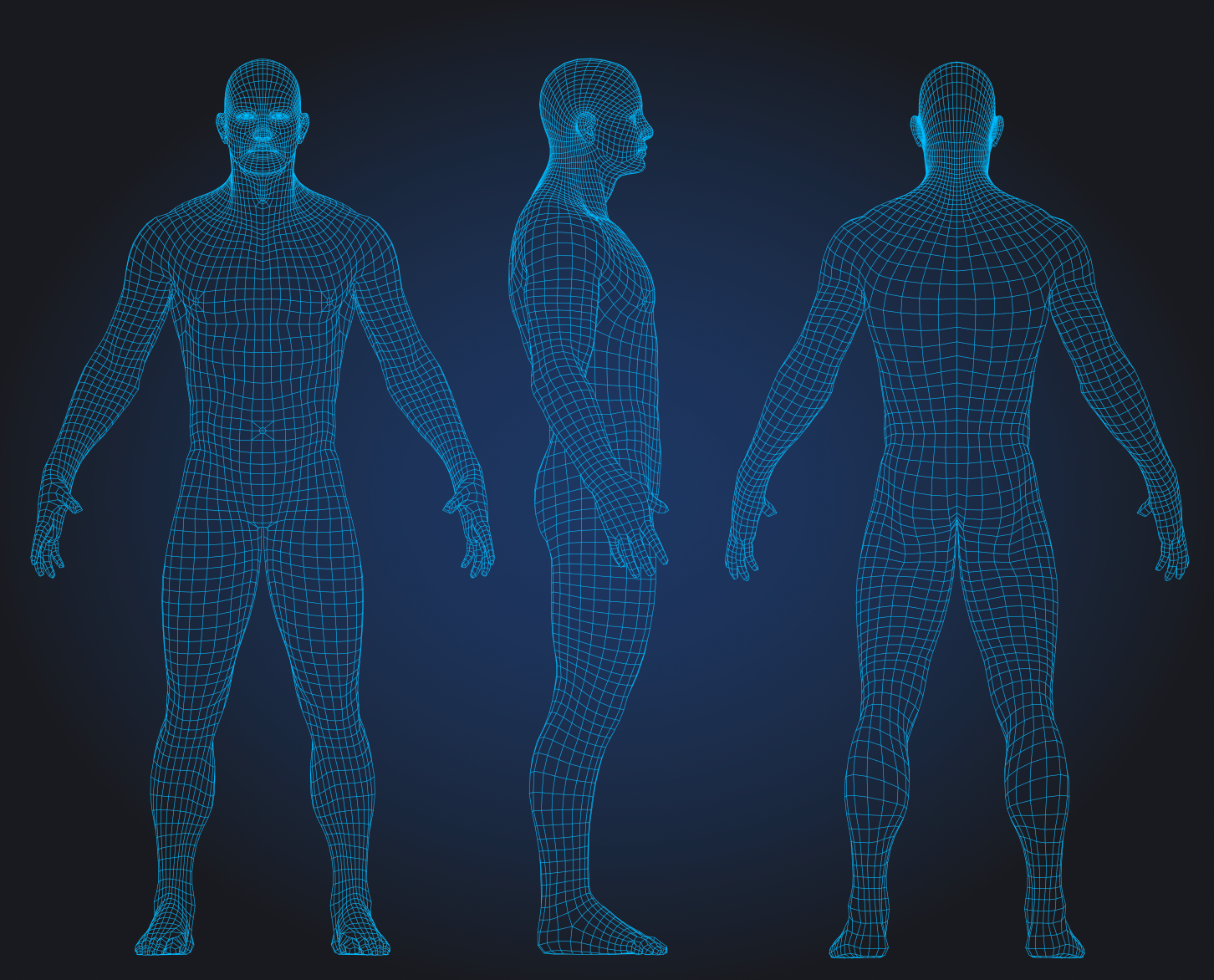
Researching the impact of different chemical compounds without having to directly experiment on a human being is, perhaps for rather obvious reasons, something of significant interest to the scientific community. Digital twin technology developed by companies like Dassault Systèmes can only go so far, animal trials are inherently imperfect and human testing can do significant harm.
This is where laboratory modelling of the human body can come in handy. Using miniature lab models of the human body, like organ-on-a-chip (OOC) technology or miniature organoids, researchers around the world are attempting to recreate the body’s physical reaction to drugs and other molecules. If this kind of technology becomes sophisticated enough, it could become an integral part of biomedical research.
Medical Technology takes a deep-dive into some of the most exciting projects in the space.
Miniature 3D human organs
Researchers at the Wake Forest Institute for Regenerative Medicine (WFIRM) claim to have developed the world’s most sophisticated lab model of the human body through a system of miniaturised human organs. These organs can be used to detect potentially harmful and adverse effects of drugs, long before they are prescribed to patients.
If this system were to become routine in drug testing, it could have a significant impact on the expedition of new drugs to market, lower the cost of clinical trials and reduce or even eliminate the need for animal testing.
The tiny 3D structures, about one millionth the size of an adult human organ, are built from human cell types, combined into tissue cultures representing different organs of the human body. They contain blood vessel cells, immune system cells and connective tissue cells called fibroblasts. Each organ system also contains media, a substance rich in nutrients and oxygen that is circulated around the body to deliver oxygen and remove waste.

US Tariffs are shifting - will you react or anticipate?
Don’t let policy changes catch you off guard. Stay proactive with real-time data and expert analysis.
By GlobalDataThe miniature organs function just like the real thing: the heart will beat 60 times a minute, the lungs will breathe the air around them and the liver will break down toxic compounds into harmless waste. Using a microfluidic circuit, drug samples are recirculated over and over through each miniature organ in the same way they would pass through the human body in the bloodstream.
The system has already been able to measure toxicity in later-discontinued drugs, which wasn’t initially flagged in standard 2D culture screening or animal trials.
Understanding the relationship between the liver and the gut Engineers at the Massachusetts Institute of Technology (MIT) have developed a multi-tissue model to study the relationships between different organs and the immune system on a specialised microfluidic platform seeded with human cells.
Using OOC technology, the research team was able to use the model to explore the role of circulating immune cells in inflammatory diseases like ulcerative colitis. The researchers claim that this approach could also lend itself to the study of many other complex diseases.
In a study published in the journal Cell Systems, they set out to model the interactions between the colon and the liver, in an attempt to understand how the immune system influences those organs. Researchers found that when colon cells taken from patients with ulcerative colitis were connected in their system with healthy liver cells, their physiological behaviour completely changed compared to when they were isolated. Inflammation in the gut tissue decreased, and at the same time genes and cellular pathways involved in metabolism and immune function became more active in both organs.
Two types of T cells were then added to the system: CD4+ T regulatory cells, which suppress other immune cells, and TH17 cells, which stimulate inflammation. Doing so increased inflammation and recreated certain features of IBD and autoimmune liver diseases. Adding molecules called short-chain fatty acids (SCFAs) were also found to greatly exacerbate inflammation through the liver and gut, but only when T cells were present.
This was particularly pertinent information, as SCFAs, which are produced by gut microbes when they come into contact with undigested fibre, are generally thought to reduce inflammation in the body. This allowed the researchers to form the hypothesis that the impact of SCFAs on the body actually depends on how much the adaptive immune system is involved. In the early stages of inflammation, when T cells are not particularly abundant, SCFAs can reduce inflammation, but can come to stimulate instead it as T cell levels rise.
Using OOC technology to fight Covid-19
In order to develop a vaccine for Covid-19 or develop antiviral drugs, researchers need to understand how the virus can spread so easily and quickly and why it can be so hard for the body to fight off.
Researchers are now adapting an approach developed at the University of Toronto to create miniature models of the nose, mouth, eyes and lungs. These are being used to understand why the virus is so good at breaking through the body’s epithelial barriers.
University of Toronto researchers have used OOC technology to create models of the human heart on computer chips, as well as study how nanoparticles from air pollution cause organ damage. They will now be able to repurpose this experience to develop a more detailed view of how Covid-19 works inside the body, without having to come into contact with infected people.
Studying the disease in this way also allows them to investigate its effects on the body at very early infection stages. This kind of research can’t be carried out in a human, because of Covid-19’s incubation period, which can range between five to 12 days. Using OOC, an understanding can be gained of what happens to the body within hours on contracting Covid-19.



